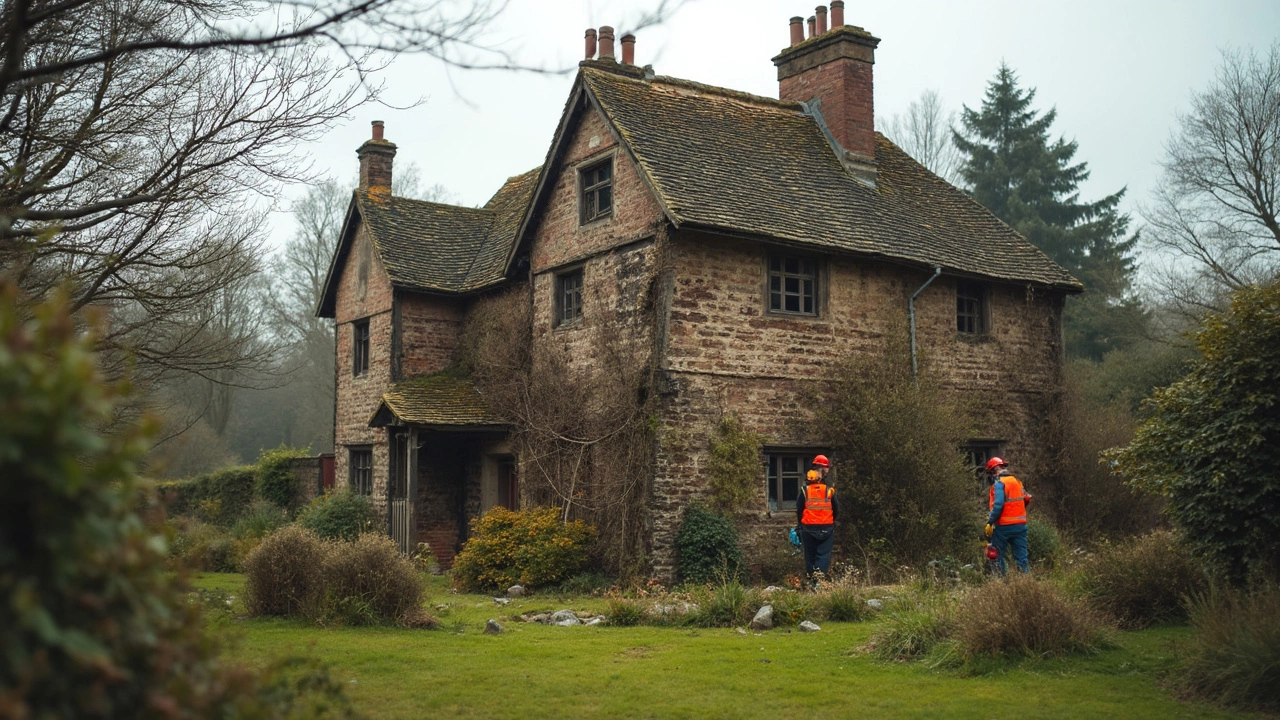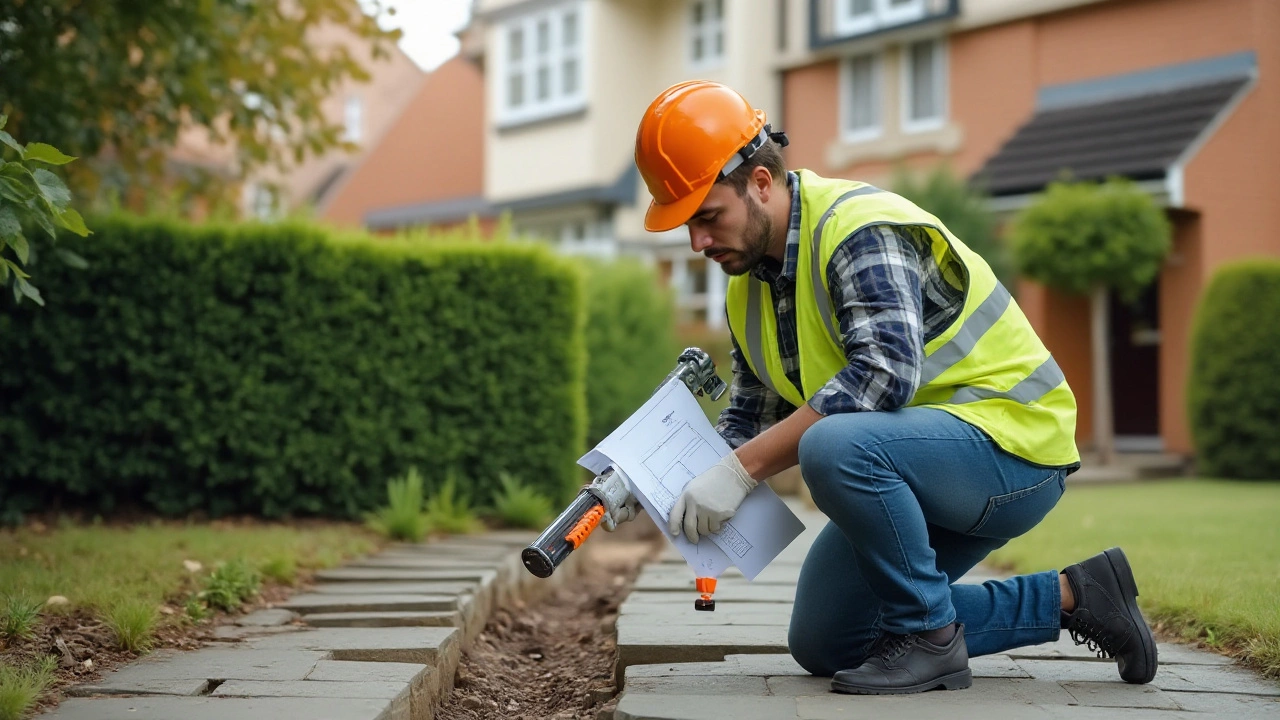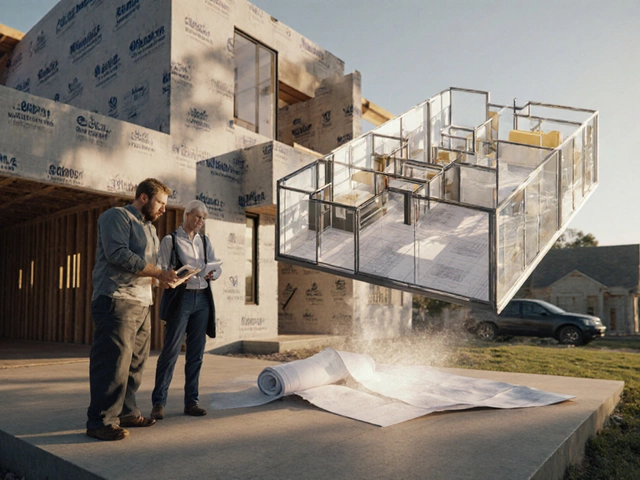Structural Integrity: Keep Your Home Safe, Sound, and Long‑Lasting
When working with structural integrity, the ability of a building to bear loads without excessive deformation or failure. Also known as building stability, it’s the backbone of every safe home. A solid structure starts with a steady foundation, which brings us to foundation settlement, the gradual sinking or shifting of a house’s base over time. Recognizing settlement early can stop bigger problems down the line.
Another pillar of structural integrity is the roof. When a roof is replaced, the new materials must integrate tightly with the existing framework, otherwise you risk leaks, sagging, and compromised load paths. This is where roof replacement, the process of removing old roofing and installing a new, correctly‑aligned system comes in. Proper flashing, adequate ventilation, and matching roof pitch all contribute to a roof that protects the home’s envelope and keeps the structure strong.
Key Areas to Watch for Hidden Weaknesses
Even the best‑built houses can suffer from hidden moisture that eats away at wood and metal. Mold prevention, steps taken to stop fungal growth in building materials is essential because mold not only harms health but also weakens the very fibers that hold walls and beams together. Keep interiors dry, fix leaks fast, and ensure good airflow in crawl spaces and attics. If you notice a musty smell, a patch of discoloration, or a slight warping in timber, it’s time to act before the damage spreads.
All of these elements tie back to regular building repairs, maintenance work that restores or reinforces structural components. Whether you’re tightening loose joists, sealing cracks in concrete, or reinforcing a sagging floor, timely repairs keep the load‑bearing network intact. Skipping small fixes often leads to larger, cost‑lier projects later, especially when settlement, roof issues, or mold have already started to take their toll.
For DIY‑savvy owners, a quick visual check can reveal a lot. Look for uneven floorboards, doors that stick, or windows that won’t close flush—these are classic signs of settlement. Examine the roof from the ground for missing shingles, curling edges, or moss growth, all of which hint at potential replacement needs. In basements, keep an eye on foundation walls for cracks wider than a quarter inch; those usually signal movement that should be measured and monitored.
When the signs become more than superficial, call in a professional structural engineer or qualified contractor. They’ll use tools like laser levels, moisture meters, and even infrared cameras to pinpoint issues you can’t see. Their reports often include a risk rating, recommended interventions, and a timeline, helping you prioritize actions based on safety and budget.
Armed with this background, you’ll know exactly what to look for and why each piece matters. Below you’ll find a curated set of articles that dive deeper into specific topics—from modernizing furniture without compromising its frame, to choosing the right roof material, handling mold in storage, and managing house settling after decades. Each guide offers practical steps, real‑world examples, and expert tips so you can keep your home’s structural integrity in top shape.
Does Foundation Repair Really Work? Understanding the Basics
Foundation repair can be crucial for maintaining a home's structural integrity, but does it actually work? This article dives into the real impact of foundation repair, addressing common concerns and misconceptions. By exploring different repair methods and providing handy tips, readers can understand how effective foundation repair is and when professional help is needed.
full articleEffective Solutions for Foundation Crack Repair: A Comprehensive Guide
Addressing foundation cracks promptly is crucial for maintaining the structural integrity of any building. There are several methods available, each suitable for different types of cracks and infrastructure conditions. This article walks through the most effective strategies, common issues, and preventive tips related to foundation crack repair. Understanding the variety of repair options available can save homeowners significant time and money in the long run.
full article





